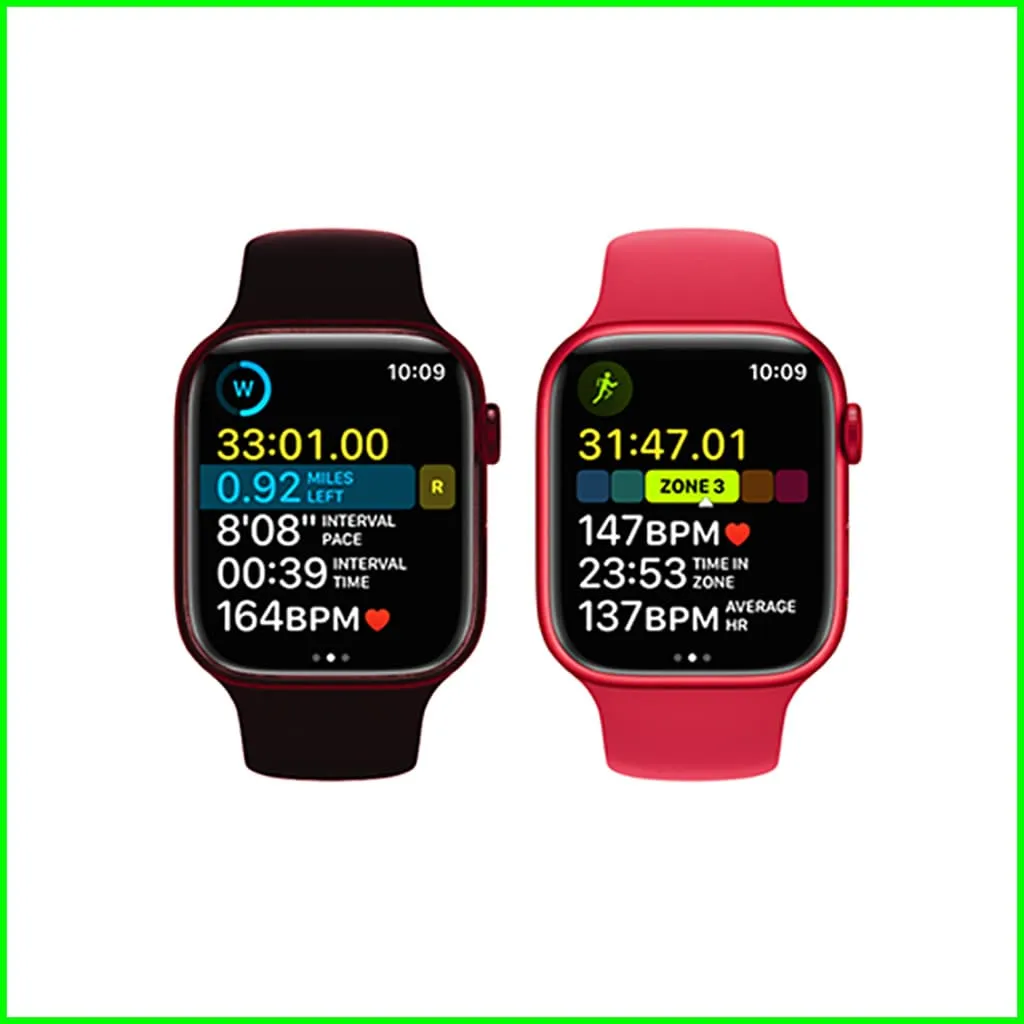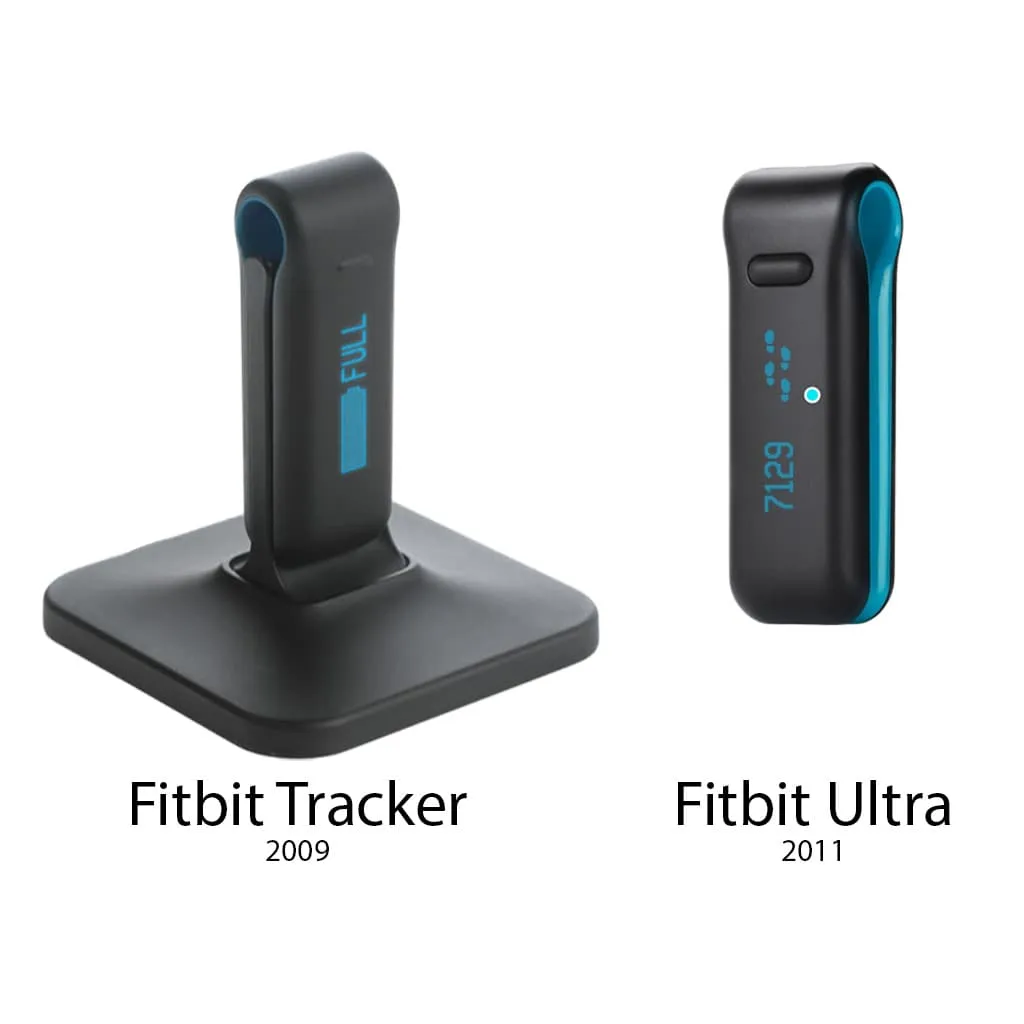


It was not so long ago that fitness trackers and smart watches were two distinct devices. Today, they have essentially merged into one along with the appearance of other associated products such as smart rings.
Fitbit, now owned by Google, along with Nike, were two of the earliest innovators of simple but revolutionary devices as far back as 2011 and 2012 respectively.

But in the early days of the technology smart wearables were seen as a bit of a fad and the novelty soon wore off with those who could afford to buy one. Commentators at the time said the devices needed to be much more useful from a health perspective if they were to catch on.
And start to catch they did despite setbacks like the withdrawal of Google’s innovative Glass in 2015 and Nike dropping out of the market in 2014 to concentrate on sports applications for the smartphone because the company thought the market would remain small.
It was arguably Apple that allowed the sector to enter the mainstream with the introduction of the Apple Watch in 2015, now in its 8th iteration. Touted at the time as the most advanced timepiece ever created, Apple’s first watch had a heart rate monitor, voice commands, email, phone alerts, and even the ability to make smart payments. However, the new device had some downsides: it needed to be paired with a smart phone and battery life was poor. But the move showed that Apple had the foresight to predict and influence how the technology would change the way we viewed our health.
Since those days the number of firms that have entered the market has proliferated. And while device costs have fallen, the competition to add more and more features has continued to grow as each year passes.
The appearance of the Covid-19 pandemic at the beginning of 2020 reinforced an already existing notion that the future of effective healthcare will depend more and more on technology in all its forms as we go forward. Perhaps one of the most personal experiences of this was how you, your family, and friends may have had to consult your health professionals virtually owing to lockdowns. While some may have missed the human interaction with their doctors, for others the experience may have been better and more convenient.
Healthcare is one of any country’s most onerous expenditure items and the data on which decisions are taken is often inaccurate or incomplete. In the US, according to the Centers for Disease Control, health expenditures across the country in 2019 was $3.8 trillion, which represented 17.7% of the country’s Gross Domestic Product. Per person, it spends a staggering 40%+ more on healthcare than any other country in the world. In the UK, the figures for 2021 were British Pounds 277 billion and 11.9%, and the trend globally is rising.
Healthcare technology has never been designed with a focus on the consumer until now. The smart wearables revolution is changing all that. Besides offering utilities such as a compass, a barometer, call-answering, receiving messages, navigation via GPS, playing music, these devices have a host of additional features that can help you become a healthier person. For example, they can:
Experts say that smart wearables offer an opportunity to collect health data on a massive scale if the challenges of putting the right safeguards and laws in place over public concerns over privacy and data use are adequately met. Given its highly sensitive nature, this will be no easy task particularly as it seems many people shy away from what could possibly be bad news with respect to their health.
Nevertheless, there are also many others who want real-time data on their health and smart wearables are just the consumer device that can provide it. Furthermore, it is conceivable that sometime in the future health insurance companies may encourage, or even demand, clients to use a smart wearable not only because of the way they encourage people to exercise, but also their ability to stream real-time data to the cloud.
However, some of the biggest corporations, such as Amazon, Apple, Microsoft and Google have seen commercial potential and opportunities in this trend. As the technology develops, it seems that the companies can see the potential for a highly lucrative role in working with governments by collecting and analyzing mass amounts of data using proprietary artificial intelligence based on newer yet to be tested algorithms.
Competition will obviously be fierce, but the potential is there for governments to take better informed decisions by focusing their priorities on emerging and longer-term health trends. And according to some insiders there is a certain urgency in this, not least because an availability of this type of technology might have alerted authorities earlier to the threat of this pathogen.
Present and future technologies will remain relatively expensive with the continued miniaturization of components and increased accuracy in measurements. New devices coming to market will probably cost a lot, at least initially, and product lines will be further extended and improved in items like smart clothes, smart implants, smart glasses. Smart rings already exist.
All the indications point to the new devices incorporating more advanced technology and photonic sensors. It will the kind of technology that can deliver what people want and don’t yet know they need, such as ECG, and blood pressure features, plus the prospect of blood sugar measurements which will allow Type-2 diabetics to better control the condition. The likelihood is, therefore, that costs will come down as more products are sold.